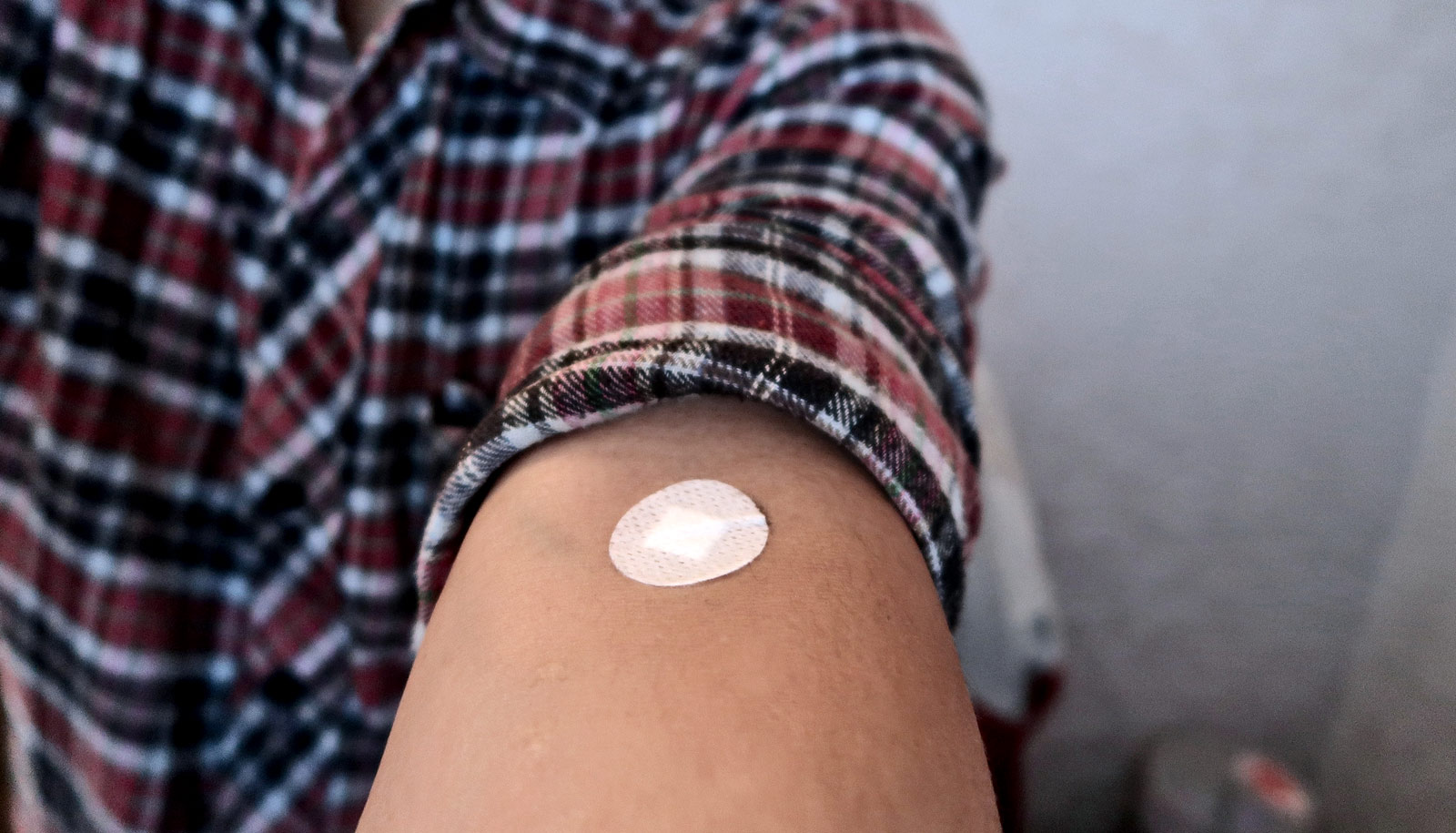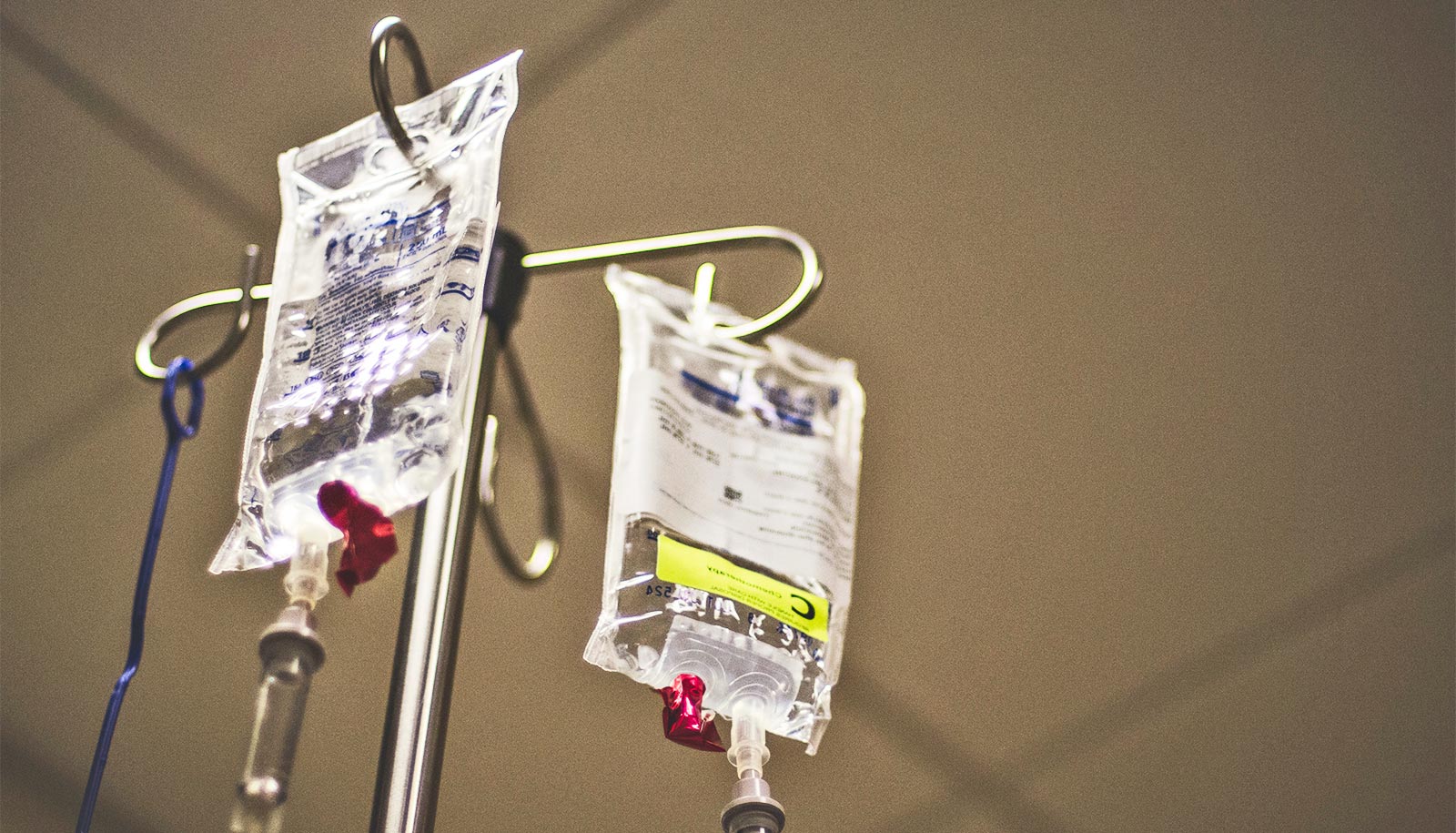Researchers report the development of new tests for indicating autism in children.
They believe that their new blood and urine tests, which search for damage to proteins, are the first of their kind.
The tests could lead to earlier detection of autism spectrum disorders (ASD) and consequently children with autism could receive appropriate treatment much earlier in their lives. Since there is a wide range of ASD symptoms diagnosis can be difficult and uncertain, particularly at the early stages of development.
“Our discovery could lead to earlier diagnosis and intervention,” says team leader Naila Rabbani, reader of experimental systems biology at the University of Warwick. The paper appears in Molecular Autism.
“We hope the tests will also reveal new causative factors. With further testing we may reveal specific plasma and urinary profiles or “fingerprints” of compounds with damaging modifications. This may help us improve the diagnosis of ASD and point the way to new causes of ASD.”
The team, based at the University’s Warwick Medical School, found a link between ASD and damage to proteins in blood plasma by oxidation and glycation—processes in which reactive oxygen species and sugar molecules spontaneously modify proteins.
They found the most reliable of the tests they developed was examining protein in blood plasma where, when tested, children with ASD were found to have higher levels of the oxidation marker dityrosine and certain sugar-modified compounds called “advanced glycation endproducts.”
Genetic causes have been found in 30–35 percent of cases of ASD and the remaining 65–70 percent of cases are thought to be caused by a combination of environmental factors, multiple mutations, and rare genetic variants. However the research team also believes that the new tests could reveal yet-to-be identified causes of ASD.
The team’s research also confirmed the previously held belief that mutations of amino acid transporters are a genetic variant associated with ASD. The Warwick team worked with collaborators at the University of Bologna, Italy, who recruited 38 local children who were diagnosed with ASD (29 boys and 9 girls) and a control group of 31 children (23 boys and 8 girls) between the ages of 5 and 12. The researchers collected blood and urine samples from the children for analysis.
The Warwick team discovered that there were chemical differences between the two groups. Working with a collaborator at the University of Birmingham, the changes in multiple compounds combined using artificial intelligence algorithms techniques to develop a mathematical equation or algorithm to distinguish between ASD and controls. The outcome was a diagnostic test better than any method currently available.
2-minute questionnaire may detect autism
The next steps are to repeat the study with further groups of children to confirm the good diagnostic performance and to assess if the test can identify ASD at very early stages assess if treatments are working.
Funding came from the Warwick Impact Fund; Fondazione del Monte di Bologna e Ravenna, Italy; and Fondazione Nando Peretti, Rome, Italy
Source: University of Warwick



